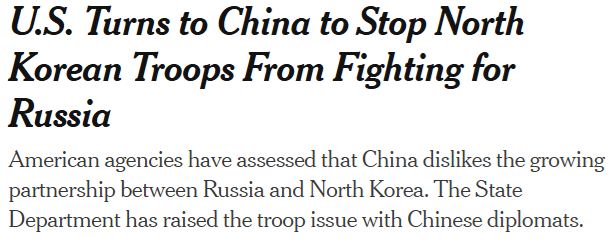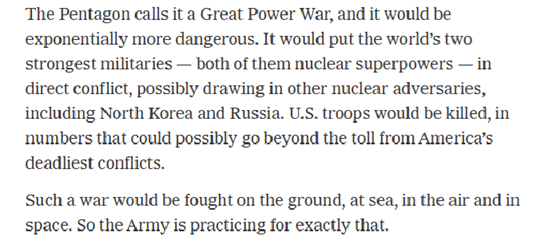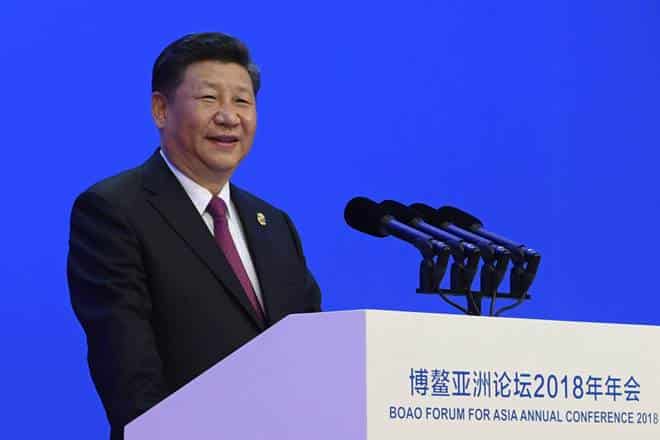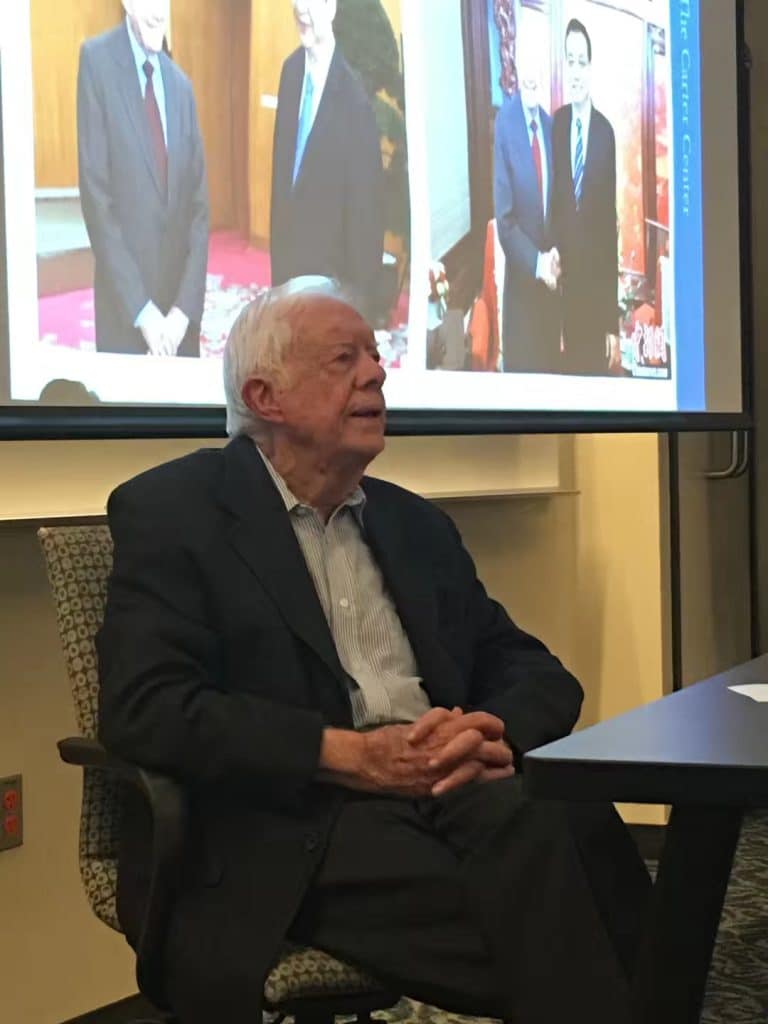The Rise of Soft Power in US-China Relations
作者:Terry Lautz 来源:US-China Perception Monitor
Soft power is a relatively new term, but the underlying concept is ancient. Every major civilization has used culture to represent its core values and to convince others of its good intentions. India expressed its moral principles through Hinduism, Buddhism, and other religions. The Romans built a legal system that gave common standards to its far-flung empire. Traditional China cultivated the values of morality, loyalty, and respect for others and fostered unity through a common written language. The United States has constructed its social and political system around the idea that all persons are created equal. The main objective of cultural or soft power has always been to inspire admiration and create trust.
A shift occurred during the twentieth century when culture was employed by governments to enhance and defend ideologies. Fascism, militarism, capitalism, socialism, and communism appropriated cultural symbols, ideas, and beliefs to demonstrate their legitimacy and superiority. With the tools of mass communications, governments used patriotism and nationalism to increase domestic unity in the face of opposing political systems. As a result, propaganda produced dangerously distorted views of different belief systems.
After the collapse of the Soviet Union and the end of the Cold War in 1991, culture was no longer viewed solely as a tool of ideology; it was reimagined as an instrument of diplomacy. Joseph Nye of Harvard called this new approach soft power, which he explained as the ability to attract others without the use of force. Nye made a useful distinction between hard or coercive military and economic strength and the soft power of cultural and public diplomacy.
As globalization has increased and the world has become more interconnected, modern governments have realized the advantages of soft power. In fact, the digital revolution, mass urbanization, and international trade and investment have made soft power a necessity. And, as a complement and alternative to hard power, soft power is far less expensive than building aircraft carriers or other weapons systems.
China’s soft power
In 2007, President Hu Jintao announced a strategy to “enhance culture as part of the soft power of our country” in a speech to the National Congress of China’s Communist Party. President Xi Jinping reinforced this policy in 2012, saying, “We must pay attention to the shaping of our country’s national image, focusing on bringing out the richness and profundity of Chinese history, the diversity in unity of our various peoples, the image of a great and civilized nation with a rich and harmonious culture.”
This policy represented a dramatic change from the projection of ideological power during the Maoist years. Rather than insisting that Marxism-Leninism was on the right side of history in opposition to the West’s capitalist system, the soft power approach emphasizes the benefits of mutual understanding instead of antagonism and contradiction.
China’s leaders have embraced soft power for four reasons: 1) to enhance China’s international prestige; 2) to counter fears of China as a threat; 3) to offer an alternative to Western value systems; and 4) to contribute to China’s continued social and economic development. In short, Beijing believes that a positive image of China will strengthen the nation at home and abroad.
The most remarkable and memorable expression of China’s quest for soft power was displayed in the opening ceremony of the 2008 Beijing Olympics. It was a declaration to the world that China had arrived—or returned—as a great power. The impressive mass spectacle organized for the opening ceremony of the 2008 Summer Olympic Games in Beijing signaled the PRC’s arrival on the world scene. (The 1964 Tokyo Olympics and the 1988 Seoul Olympics carried similar symbolic weight for Japan and South Korea.) The Bird’s Nest Stadium pageant celebrated the ancient past. Hundreds of performers dressed in traditional costumes beat drums in perfect synchronization evoking an image of strength and unity based on a glorious but distant past. China’s more recent revolutionary history was nowhere to be seen.
With its newfound wealth, the PRC has invested heavily in soft power, including media (television, internet, and newspapers) and a wide array of cultural programs and educational exchanges. At the center of China’s cultural diplomacy push is a network of language teaching and cultural study centers called Confucius Institutes. Set up as partnerships with universities and various organizations in other countries, the Institutes have grown rapidly since the first one was established in 2004. Despite some controversy, they now number around 100 in the United States and as many as 480 worldwide.
While soft power is normally explained in terms of cultural diplomacy, the Asian Infrastructure Investment Bank (AIIB), announced in 2014, represents a more recent and potentially significant expression of China’s growing influence. It was opposed by the United States, which feared competition with the World Bank, but 57 countries have joined, including a number in western Europe, and Canada has recently applied for membership. Combined with investments in the Belt and Road initiative, China’s soft power is quickly expanding through its economic as well as cultural policies.
America’s soft power
During the early twentieth century, cultural exchange, a key component of soft power, was largely the domain of the American private sector, especially religious groups and foundations. After the Second World War, the U.S. government played an active role in promoting cultural and educational programs around the world. This was justified in terms of Cold War ideology, and the primary objective was to cultivate friends and allies—otherwise known as “winning hearts and minds.” Understanding the language, history, and politics of enemies and allies in Asia became a national priority. The best-known efforts were the Peace Corps and the Fulbright Program. Other initiatives sponsored through the U.S. Information Agency (USIA) brought thought-leaders and opinion-makers together to discuss ideas and find common ground.
America’s rationale for engaging with Asia moved away from a confrontational paradigm to a greater focus on peace and economic prosperity even before the Cold War. The context for relations with Asia changed with increased Asian immigration to the United States; greatly expanded trade with the Asian region; the end of the U.S. war in Vietnam in 1975; and normalization of U.S.-China diplomatic relations in 1979.
During the 1990s, the U.S. government pulled back from cultural diplomacy on East Asia because of Congressional budget cuts, greater concerns about security overseas, and, after 9/11, increased attention to the Muslim world. By contrast with China, however, the primary source of U.S. soft power comes from its private sector, including religious and charitable organizations, museums and foundations, universities and not-for-profit organizations. And, for better or worse, America’s image is dominated by its popular culture—movies, sports, and corporate products. This can be superficial and misleading, making it difficult for Chinese citizens to understand the underlying historical, social, economic, and political forces that explain the United States. Of course, racial violence, mass shootings, and police brutality convey negative images of the United States. In addition, the inefficiency of the U.S. political system often looks dismaying. Nonetheless, the freedom, independence, and opportunity offered by the United States has great appeal.
Measuring Soft Power
Jospeh Nye’s approach to soft power emphasizes the strength of a nation’s political values, culture, and foreign policy. Expanding this definition, Portland Communications, a London-based consulting firm, has recently developed a more sophisticated and comprehensive index. An annual survey called “Soft Power 30” ranks the top 30 countries in the world based six categories: 1) the quality of a country’s political institutions; 2) the extent of their cultural appeal; 3) the strength of their diplomatic network; 4) the global reputation of their higher education system; 5) the attractiveness of their economic model; and 6) a country’s digital engagement with the world. Seventy-eight metrics within these categories are covered, ranging from the number of international tourists, overseas development aid, and global patents to a global corruption index, measurements of income inequality, and press freedom. The study is supplemented with a global poll of 10,500 people in 25 countries.
Data released in June 2016 showed the United States at the top while China ranked number 28 in the “Soft Power 30” survey. China scored relatively well in the categories of culture, enterprise, and engagement, but poorly on digital, education, and government. The United States was number one in digital, culture, and education, but ranked somewhat lower in engagement, enterprise, and government.
These findings are instructive, but do not tell the full story either for China or the United States. China’s efforts to cultivate a positive image vary considerably in different parts of the world. According to Pew Research Center surveys conducted in 2014and 2015, views are most favorable in countries that benefit from substantial trade, aid, and investment with China. Admiration for the success of China’s state-directed capitalism is another factor in some parts of the world. Last year, 79% of Russia and over half of those surveyed in various African and Latin American countries were more positive than negative, as was Australia, which sells substantial natural resources to China. Pakistan, a long-time partner, was 82% favorable and only 4% unfavorable. India was ambiguous about China with 41% positive and 32% negative.
By contrast, countries that have territorial disputes with China have extremely unfavorable views of China, overshadowing their extensive economic relations. In Japan, for example, 89% of the public held a negative view of China. In Vietnam, 74% of those surveyed ranked China as unfavorable.
Despite mutually beneficial economic ties between the U.S. and China, American opinion has turned more unfavorable (54%) than favorable (38%) during the past few years. Americans are worried about the U.S.-China trade deficit and the loss of jobs. They are also concerned with cyber attacks, Beijing’s human rights record, China’s impact on the environment, and its growing military strength. Western Europe mostly shares these concerns, although France has been more positive than negative.
Chinese admire many aspects of American culture, especially its higher education system, but only 44% of the Chinese public gave the United States a positive rating in a recent Pew Research Center survey. A majority of 54% of Chinese say the United States wants to prevent China from becoming as powerful at the United States.
Conclusion
Soft power, which is situated at the intersection between culture and power, has the potential to enhance cooperation but is also a source of competition between nations. China and the United States have very different approaches. China’s leaders believe, as Mao did, that culture should serve politics. With a less developed private sector and civil society, they tend to take a top-down approach. The United States, by contrast, has a wide range of soft power and places much more emphasis on a bottom-up approach. The multiplicity of voices can be confusing.
The success of soft power is in the eye of the beholder. From a Chinese perspective, the U.S. is envied, but it is also resented and viewed with suspicion because of the widespread belief that the United States is determined to prevent China’s rise as a global power. Beijing sees Washington’s advocacy of human rights and democracy as an effort to undermine the Communist Party.
From a U.S. perspective, China’s soft power is mixed. There is admiration of China’s rich cultural heritage and respect for its economic clout. But there is considerable skepticism over Beijing’s intentions. Washington doubts that China’s rise will be peaceful, and censorship of the internet and attacks on “Western values” have undermined Beijing’s credibility with American audiences.
But let me conclude with some optimistic news. A 2015 Pew Research Center survey shows that the younger generation (ages 18-29) both in China and America hold significantly more positive opinions of the other country than older generations. Their more positive views suggest that soft power—and especially cultural and educational exchange—offers the best hope to improve mutual understanding and enhance respect. For this reason, the frank and open exchange of views at the Young Scholars Forum at Nanjing University is extremely important and I very much look forward to our discussions.
By TERRY LAUTZ, Syracuse University, presented at the Young Scholars Forum, Nanjing University, September 2016
来源时间:2018/4/3 发布时间:2016/9/30
旧文章ID:15717







